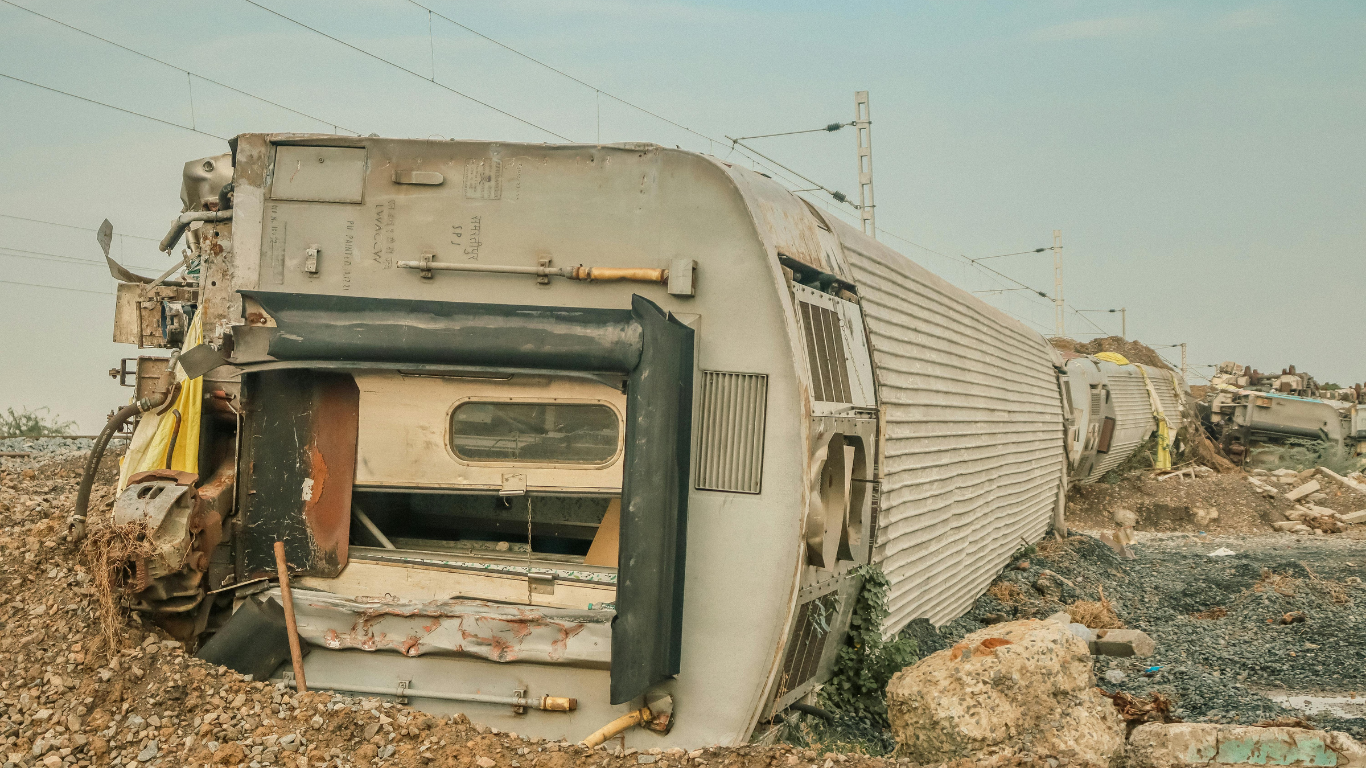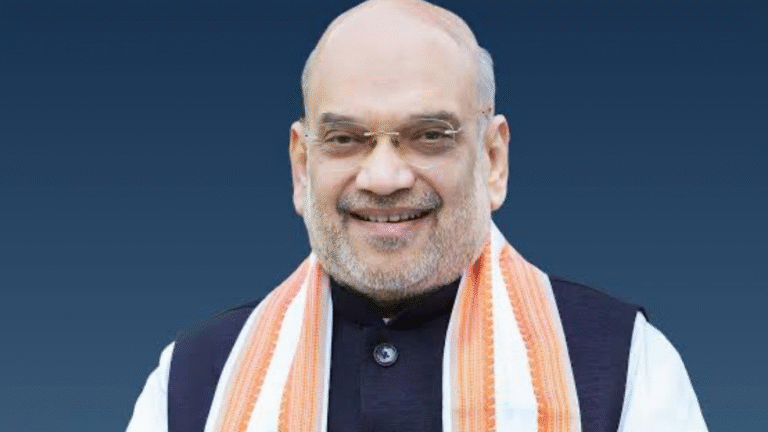
India’s railway network, one of the largest in the world, carries millions of passengers daily across thousands of kilometers. While it’s a lifeline for many, train accidents have been a persistent concern, often leading to a tragic loss of life. From derailments to collisions, these incidents highlight challenges like aging infrastructure, human error, and safety gaps. This article provides a detailed look at some of the deadliest train accidents in India’s history, with updates on recent incidents and ongoing safety efforts, based on reliable sources.
Bihar Train Derailment (1981)
On June 6, 1981, one of India’s worst train accidents occurred in Bihar. A passenger train traveling from Mansi to Saharsa derailed on a bridge over the Bagmati River during a cyclone. Seven of the nine coaches plunged into the swollen river, killing between 500 and 800 people, though the official toll was 235 after a six-day rescue operation. The exact cause remains unclear—some reports suggest the train braked suddenly to avoid a cow on the tracks, while others point to high winds. This tragedy exposed the vulnerability of India’s railway infrastructure during extreme weather and led to calls for better bridge maintenance and emergency protocols. Even today, it remains a grim reminder of the need for robust safety measures.
Peruman Railway Accident (1988)
On July 8, 1988, the Island Express derailed on the Peruman bridge over Ashtamudi Lake in Kerala, en route from Bengaluru to Thiruvananthapuram. Ten coaches fell into the water, killing 106 people and injuring many others. Heavy rainfall and a weakened bridge were blamed for the disaster. Rescue efforts were hampered by the lake’s depth and muddy conditions, making it a challenging operation. This accident highlighted the risks of aging railway bridges and poor maintenance during monsoons. It prompted the Indian Railways to inspect and reinforce bridges nationwide, but questions about consistent upkeep persist. The Peruman tragedy remains one of India’s deadliest rail accidents, underscoring the need for ongoing infrastructure upgrades.
Firozabad Rail Disaster (1995)
On August 20, 1995, the Purushottam Express collided with the Kalindi Express, which had stopped after hitting a nilgai, near Firozabad in Uttar Pradesh. The high-speed collision at 2:55 AM killed over 350 people and injured hundreds. The crash mangled coaches, complicating rescue efforts that stretched over days. A signaling error and poor visibility were cited as primary causes, revealing gaps in railway communication systems. This disaster led to demands for modern signaling and better track monitoring. The Firozabad accident remains a stark example of how human and systemic failures can lead to catastrophic losses, pushing the government to invest in safety upgrades, though challenges remain.
Gaisal Train Collision (1999)
On August 2, 1999, a head-on collision between the Brahmaputra Mail and the Awadh Assam Express near Gaisal in West Bengal killed at least 285 people. The accident occurred due to a signaling error, causing both trains to be on the same track. Over 300 passengers were injured, and the wreckage was so severe that identification of victims was difficult. Rescue operations involved local communities, the army, and disaster response teams. The tragedy exposed flaws in signaling systems and led to calls for automatic train protection systems like Kavach. Despite safety promises, similar issues have persisted, making Gaisal a haunting chapter in India’s railway history.
Balasore Triple Train Collision (2023)
On June 2, 2023, India faced its deadliest train accident in decades in Balasore, Odisha. The Coromandel Express collided with a stationary goods train, derailing 21 coaches, which then struck the Bengaluru-Howrah Superfast Express on an adjacent track. The crash killed 296 people and injured over 1,200, making it one of the worst rail disasters in recent history. A signaling malfunction was identified as the primary cause, with rescue efforts involving the army, NDRF, and locals. Prime Minister Narendra Modi visited the site, announcing compensation and a high-level probe. This tragedy reignited debates on railway safety, with demands for faster implementation of anti-collision systems.
Recent Incidents in 2024
In 2024, India saw several major train accidents. On June 17, the Kanchanjunga Express collided with a goods train in West Bengal’s Darjeeling district, killing 15 and injuring 60 due to a signal violation.
On July 30, the Howrah-Mumbai Mail derailed in Jharkhand after hitting a derailed goods train, causing two deaths and 20 injuries. On October 29, 2023, a collision between two passenger trains in Andhra Pradesh killed 14 and injured 50, attributed to a signal overshoot.
These incidents, with 18 accidents in the first five months of 2024, highlight ongoing issues like poor track maintenance and human error, raising concerns about safety despite modernization efforts.
Safety Measures and Challenges
Indian Railways has taken steps to improve safety, including the Kavach anti-collision system, better track maintenance, and modern signaling. From 2004-2014, 1,711 accidents occurred, dropping to 638 from 2014-2023, showing progress.
However, challenges persist: only 0.7% of the Rs 58,459 crore allocated for track renewal was spent by 2020-21, and the Rashtriya Rail Sanraksha Kosh has been misused for non-safety purchases. Overcrowding, outdated infrastructure, and human errors like signal failures contribute to accidents.
Experts call for faster Kavach deployment and stricter maintenance protocols. Public frustration grows as high-profile projects often overshadow critical safety needs, leaving passengers vulnerable.
Future Outlook and Government Response
The government is under pressure to address railway safety. After the 2023 Balasore tragedy, Railway Minister Ashwini Vaishnaw announced probes and compensation, but faced criticism for slow progress on safety upgrades. The 2024 budget allocated Rs 1,112.57 crore for Kavach, covering just 4,431 km of the 68,000-km network. Plans include expanding automatic signaling and training staff to reduce human error. However, with 145 derailments among 200 major accidents in the last five years, experts urge more investment in track renewal and technology. The public demands transparency and accountability to prevent future tragedies, as India’s railways remain a vital yet risky mode of transport.



